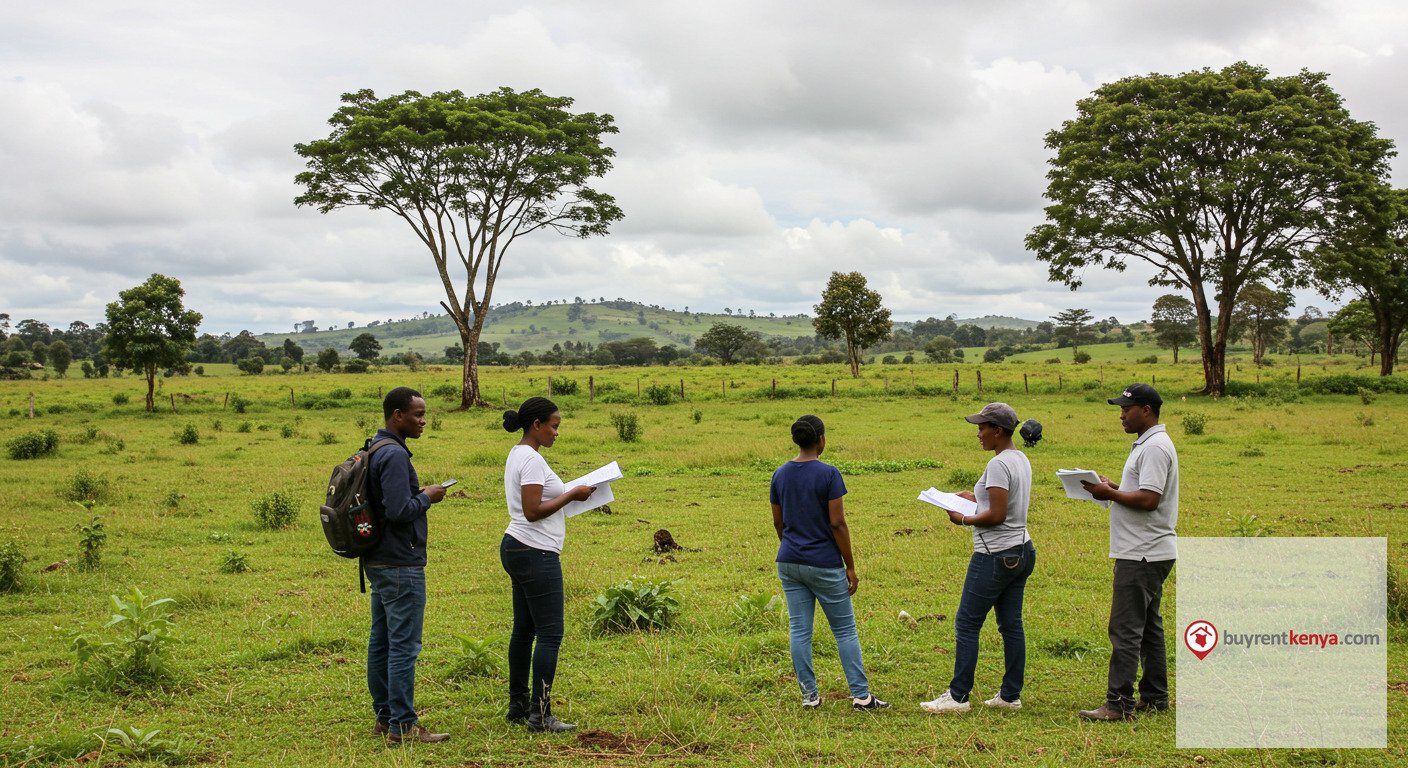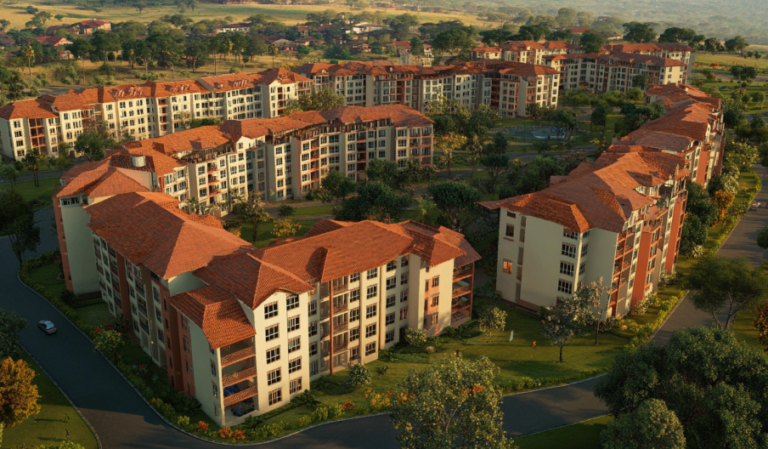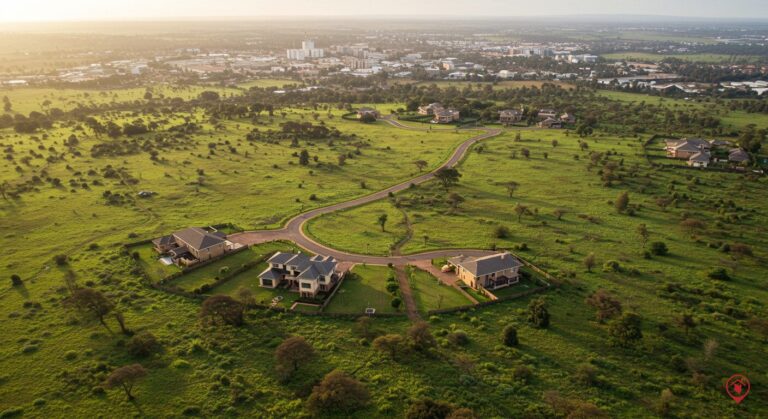Why Most Kenyans Are Choosing to Borrow for Land, Not Homes
- Currently, 61.1% of real estate-related loans are being used to finance land acquisition.
- Owning land is often seen as a key milestone, a sign that you’ve made it, that you’re independent and building something lasting for your family.
- Kenya’s mortgage market remains largely underdeveloped. According to reports, fewer than 1% of the adult population has access to a mortgage facility.
- Kenya’s borrowing patterns tell a story of practicality, cultural values, and systemic gaps in the mortgage market.
In Kenya’s ever-evolving real estate landscape, one trend stands out clearly from the Kenya National Bureau of Statistics (KNBS) Economic Survey 2025: land is king. Currently, 61.1% of real estate-related loans are being used to finance land acquisition. By comparison, mortgages account for just 18%, while graduated loans—where repayment amounts increase over time—represent only 3.7%.
This data paints a compelling picture of Kenyan borrowing habits in the property sector, and it raises a vital question: Why are so many Kenyans choosing land over homes?
Land: The Symbol of Wealth and Legacy
For a lot of Kenyans, land is more than just a commodity, it is a legacy. Owning land is often seen as a key milestone, a sign that you’ve made it, that you’re independent and building something lasting for your family. Unlike a house, land does not deteriorate, and its value rarely depreciates. This long-held belief continues to influence financial decisions, especially when individuals are considering how to invest their borrowed funds.
Owning land also allows for flexibility. A plot in an upcoming area can be held as an appreciating asset, developed later, or even sold for profit. In contrast, a mortgage locks one into a long-term financial obligation, often with less perceived freedom or liquidity.
The Mortgage Dilemma: Cost, Complexity, and Accessibility
Kenya’s mortgage market remains largely underdeveloped. According to reports, fewer than 1% of the adult population has access to a mortgage facility. One major barrier is affordability. High interest rates, averaging 12% to 14%, combined with large down payment requirements, legal fees, and stamp duty, make mortgages unattainable for many working Kenyans.
In addition, many financial institutions still consider mortgage lending as high-risk, especially in a fluctuating economic climate. The result is tight loan qualification criteria that lock out the average income earner, pushing them toward more accessible financing options like land purchase loans or SACCO-based development loans.
Graduated Loans: A Concept Yet to Catch On
Graduated repayment loans, which are structured to start with low monthly payments that rise over time, account for only 3.7% of real estate loans. Despite their potential to ease early-stage financial pressure on homeowners, they remain underutilized, possibly due to lack of awareness or limited offerings from financial institutions.
Many Kenyans are wary of debt that grows with time, especially in an economy where job security and income stability cannot be guaranteed. This hesitancy makes fixed-term, land-related loans more appealing and predictable.
What This Means for Kenya’s Housing Goals
The Kenyan government has been championing affordable housing, with ambitious plans to roll out hundreds of thousands of units annually. However, the data from KNBS suggests a disconnect between this vision and the public’s financing behavior.
If land remains the top priority for borrowers, the country could see a slowdown in actual housing development. This presents both a challenge and an opportunity for policymakers, developers, and financial institutions to rethink how they package and promote housing finance.
Conclusion
Kenya’s borrowing patterns tell a story of practicality, cultural values, and systemic gaps in the mortgage market. While land acquisition will likely remain a strong preference, there is a growing need to educate the public, restructure mortgage products, and make housing finance more accessible.
A home is more than a structure, it’s a foundation for family, stability, and community. But for many Kenyans, the journey still begins with a piece of land. The next big question is: how do we ensure that the journey ends with a key in hand?








